We all want to hire a diverse and inclusive workforce which contains the very best candidates doing each role in our business. But our unconscious biases can make this a very difficult thing to achieve and, at worst, can lead to discrimination. We've put together 7 practical steps to help you minimise the impact of unconscious bias in your organisation.
- Be honest
Start by assessing your own biases and thinking honestly about how they could impact your hiring decisions. And then encourage everyone in your team to do the same. Investing in training can be very useful at this stage so that people understand that unconscious bias does not make them a bad person. It is a natural thing for human beings to feel affinity towards people who look like them, sound like them, or have shared interests or experiences. However, this does make it very easy to fall into the trap of hiring a workforce who all look and sound the same!
- Write an inclusive job description
Ensure that your job description is as inclusive as possible. It is very easy for adjectives to slip in which are more associated with one particular gender and it's important to screen these out. Your job description should never discourage anyone with the right skill set from applying. It's also worth remembering that research has shown that men tend to be happier applying for a role even if they don't fit all of the criteria. If you include a long list of desirable criteria, then you could discourage women who don't want to waste your time if they don't feel they are a perfect fit. Stick to listing the essential criteria. And before you post the advert, get someone else to double check it for bias.
- Put in place a blind screening process
 Remove all names plus any details of race, gender or age from every CV before
Remove all names plus any details of race, gender or age from every CV before
you consider the applications. This is a fantastic way to ensure that your
unconscious bias does not creep into your initial screening process. - Hold structured, standardised, competency-based interviews
In an unstructured interview, the decision is much more likely to be made based on how much the interviewer liked the candidate and this often leads to bias coming into play.
However, if every interview follows the same structure and asks the same questions, it is much easier to compare them objectively. We recommend using a competency-based interview approach where you ask set questions based on the pre-defined competencies most necessary for an individual to be successful in the role. Each candidate gives a real-life example of a time when they demonstrated that competency and their answer is scored in a matrix for direct comparison.
Click here for our guide to Competency Based Interviewing -
Put together a diverse interviewing committee

Ensure that every candidate meets more than one interviewer as part of the selection process so that you can filter out each other's unconscious biases. The more diverse your hiring committee can be, the more chance you will end up with a diverse and inclusive workforce.
- Be honest post-interview too
After interviewing, write down your initial impressions of the candidate and immediately (and honestly!) screen those impressions for any bias. Do this independently from other interviewers so that you don't influence each other. We also recommend that you score likability as a competency alongside the other key skills you identified as essentials for doing the job. This should help you to strike the right balance between trusting your gut reaction about an individual and how they are likely to fit into your team, and ensuring that you don't fall into the trap of hiring someone just because you like them.
- Set a practical work test

Before selecting the successful candidate, we always recommend setting a practical test which will allow the candidates to demonstrate their aptitude for the job role. Their performance in this test should be the best indication of how they are likely to perform if you appoint them, so this should be scored objectively and considered an integral part of the process.
Summary
By following these steps, you should be able to ensure that you filter out any unconscious bias from your recruitment processes and give your business the benefit of a diverse and inclusive high performing team.

